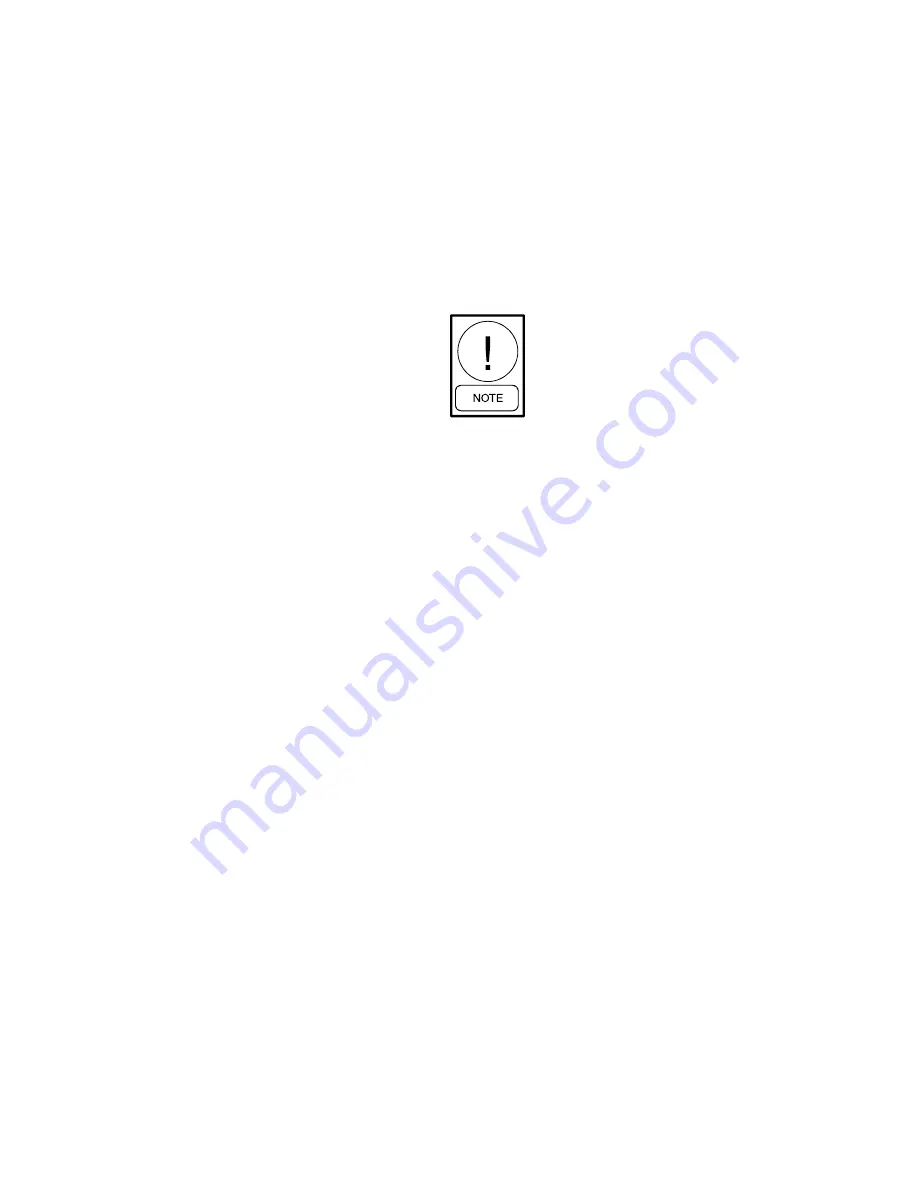
JOHNSON CONTROLS
66
FORM 160.81-NOM1
ISSUE DATE: 10/3/2020
SECTION 5 – MAINTENANCE
and tube sheets may be considered tight. If refrig-
erant is detected at the vents, the heads must be
removed, the leak located (by means of soap test
or leak detector) and repaired.
5. When absolute tightness of the system has been
established, blow the mixture of nitrogen and re-
frigerant through the charging valve.
EVACUATION AND DEHYDRATION OF UNIT
Vacuum Dehydration
Should the chiller be opened to the atmosphere for
lengthy repair or service, follow the Vacuum Dehydra-
tion Guidelines to ensure that all air, moisture and non-
condensable gases are removed prior to placing the
chiller into service.
Vacuum Testing
After the pressure test has been completed, the vacuum
test should be conducted as follows:
1. Connect a high capacity vacuum pump, with in-
dicator, to the system charging valve as shown in
and start the pump. (See
2. Open wide all system valves, including the purge
and gauge valves. Be sure all valves to the atmo-
sphere are closed.
3. Operate the vacuum pump in accordance with
VACUUM DEHYDRATION until a wet bulb
temperature of +32°F (0ºC) or a pressure of 5 mm
Hg is reached. Refer to the
in the
of this man-
ual for corresponding values of pressure.
4. To improve evacuation circulate hot water (not
to exceed 125°F (52ºC)) through the evaporator
and condenser tubes to thoroughly dehydrate the
shells. If a source of hot water is not readily avail-
able, a portable water heater should be employed.
DO NOT USE STEAM. A suggested method is
to connect a hose between the source of hot water
under pressure and the evaporator head drain con-
nection, out the evaporator vent connection, into
the condenser head drain and out the condenser
vent. To avoid the possibility of causing leaks, the
temperature should be brought up slowly so that
the tubes and shell are heated evenly.
5. Close the system charging valve and the stop
valve between the vacuum indicator and the vac-
uum pump (See
). Then
disconnect the vacuum pump leaving the vacuum
indicator in place.
6. Hold the vacuum obtained in Step 3 in the system
for 8 hours; the slightest rise in pressure indicates
a leak or the presence of moisture, or both. If, after
8 hours the wet bulb temperature in the vacuum
indicator has not risen above 40°F or a pressure of
6.3 mm Hg, the system may be considered tight.
Be sure the vacuum indicator is valved off
while holding the system vacuum and be
sure to open the valve between the vacuum
indicator and the system when checking
the vacuum after the 8 hour period.
7. If the vacuum does not hold for 8 hours within the
limits specified in Step 6 above, the leak must be
found and repaired.
To avoid the possibility of freezing liquid within the
evaporator tubes when charging an evacuated system,
only refrigerant vapor from the top of the drum or cyl-
inder must be admitted to the system pressure until the
system pressure is raised above the point correspond-
ing to the freezing point of the evaporator liquid. For
water, the pressure corresponding to the freezing point
is 57.5 PSIG for R-134a (at sea level).
While charging, every precaution must be taken to
prevent moisture laden air from entering the system.
Make up a suitable charging connection from new cop-
per tubing to fit between the system charging valve
and the fitting on the charging cylinder. This connec-
tion should be as short as possible but long enough to
permit sufficient flexibility for changing cylinders. The
charging connection should be purged each time a full
container of refrigerant is connected and changing con-
tainers should be done as quickly as possible to mini-
mize the loss of refrigerant.
CHECKING THE REFRIGERANT CHARGE
DURING UNIT SHUTDOWN
The refrigerant charge is specified for each chiller
model. Charge the correct amount of refrigerant and
record the level in the evaporator sight glass.
The refrigerant charge should always be checked and
trimmed when the system is shut down.











































